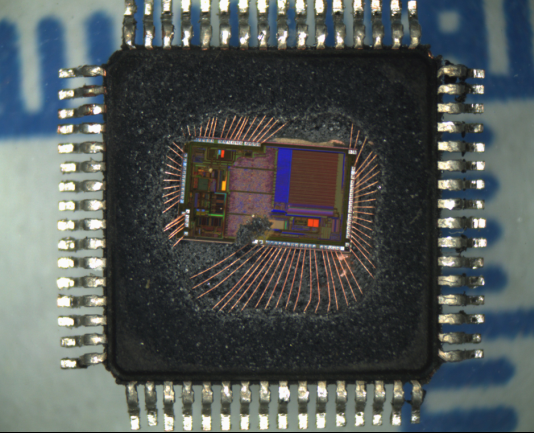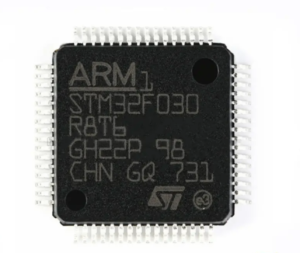 Break ARM STM32F030R8 Microprocessor Locked Bits
Break ARM STM32F030R8 Microprocessor Locked Bits
Break ARM STM32F030R8 Microprocessor Locked Bits to disable its tamper resistance system, and readout flash memory software from mcu stm32f030r8, then duplicate firmware to new microcontroller stm32f030r8;

System clock selection is performed on startup, however the internal RC 8 MHz oscillator is selected as default CPU clock on reset. An external 4-32 MHz clock can be selected, in which case it is monitored for failure.
If failure is detected, the system automatically switches back to the internal RC oscillator. A software interrupt is generated if enabled. Similarly, full interrupt management of the PLL clock entry is available when necessary (for example on failure of an indirectly used external crystal, resonator or oscillator) by cracking stm32f070cb mcu flash memory.

romper los bits bloqueados del microprocesador ARM STM32F030R8 para desactivar su sistema de resistencia a la manipulación y leer el software de memoria flash del MCU STM32F030R8, luego duplicar el firmware al nuevo microcontrolador STM32F030R8;
Several prescalers allow the application to configure the frequency of the AHB and the APB domains. The maximum frequency of the AHB and the APB domains is 48 MHz.
Each of the GPIO pins can be configured by software as output (push-pull or open-drain), as input (with or without pull-up or pull-down) or as peripheral alternate function. Most of the GPIO pins are shared with digital or analog alternate functions by restore stm32f071cb microcontroller flash memory binary file. The I/O configuration can be locked if needed following a specific sequence in order to avoid spurious writing to the I/Os registers.